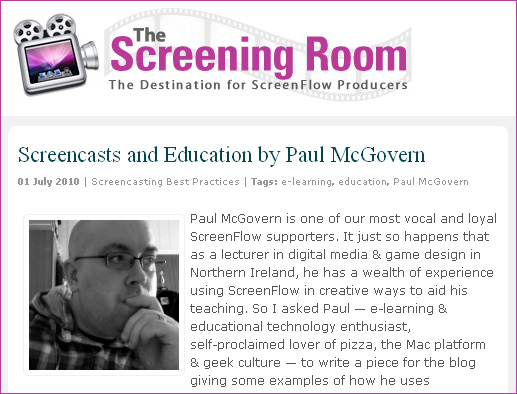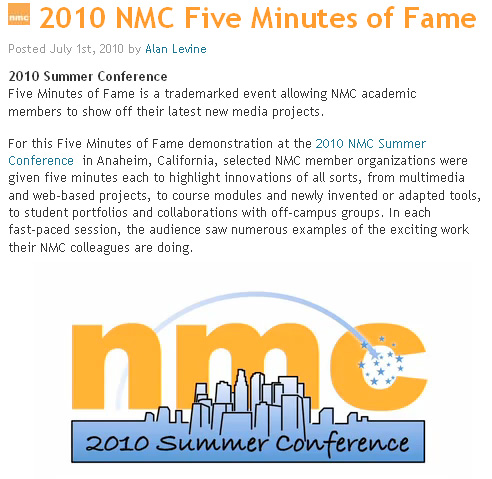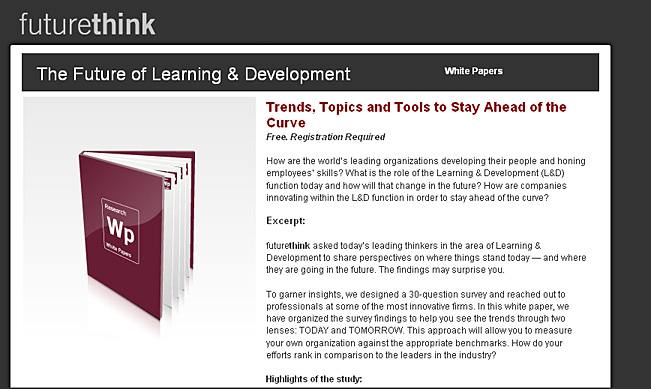Education as we know it is finished — from forbes.com by Clayton M. Christensen and Michael B. Horn (emphasis below from DSC)
Classrooms are giving way to online learning–forever.
School budgets are continuing to tighten, as the drop in state and local revenues has not abated and there likely will not be another $100 billion in federal stimulus funds coming any time soon. Even if the economy rebounds, the situation for public education will remain bleak. With baby boomers set to retire en masse, state and local governments, which provide the majority of school funds, will face mounting retiree health care and nonpension benefit obligations for which they haven’t made proper allowances. And local districts haven’t yet felt the full pain of the housing crisis in reducing revenue from property taxes. In other words, we have only seen the beginning of the red ink.
But others are seeing the hardship of the moment as an opportunity to transform what they do with the implementation of online learning. Pressured by not only widespread cuts but also increasing demands for accountability, these innovative leaders recognize that online learning is a key reform for doing more with less.
For example, the people who run many schools realize that they can save considerably by cutting back on traditional classroom versions of non-core courses–advanced placement, foreign language, economics and so forth–and instead offer them online, thereby aggregating demand across many school districts. Likewise they can cut back on the number of periods during which they offer certain classroom courses and still affordably meet student demand by offering those courses online.
The adoption of online learning is much more than just a cost-saving move for school districts. It has the potential to transform schooling more broadly by allowing students access to a wide range of high-quality offerings and teachers, regardless of where they live. Some students whose classroom courses have been replaced with online versions will be thrilled to find out that they now have access to not just one provider’s online courses but a whole marketplace of high-quality options, in a naturally technology-rich environment quite compatible for them.
Online learning also allows students to study unburdened by the usual constraints of time, proceeding at a pace that works best for them. The current system forces all students to learn the same material within the same time frame. That stalls the progress of advanced students while leaving others behind. This is one of the reasons online learning has been shown to produce better results overall than traditional face-to-face instruction.
From DSC:
Consistent readers of this blog and my former website will know that I’ve been saying we are in a game-changing environment for some time now — K-12 and higher education will never be going back to “business as usual.”











